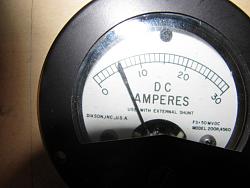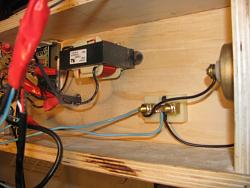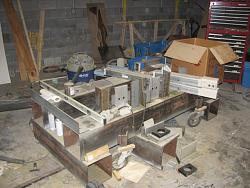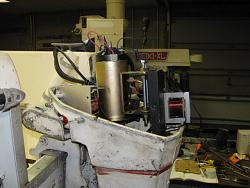Here are some pictures of the control box buttoned up. The reverse switch works. There are some treadmill motors have their brushes at an angle for only one direction and some are at 90 degrees. The 90 degree models should be more favorable for reversing. The angled brush type might work just as well, I don't know. Mine happened to be at 90 degrees. So, except for painting the box and wrapping some motor wires, this project is finished. Robert Brown machiningfool


 LinkBack URL
LinkBack URL About LinkBacks
About LinkBacks



 Reply With Quote
Reply With Quote









Bookmarks